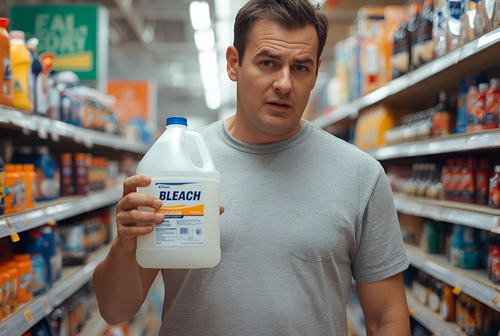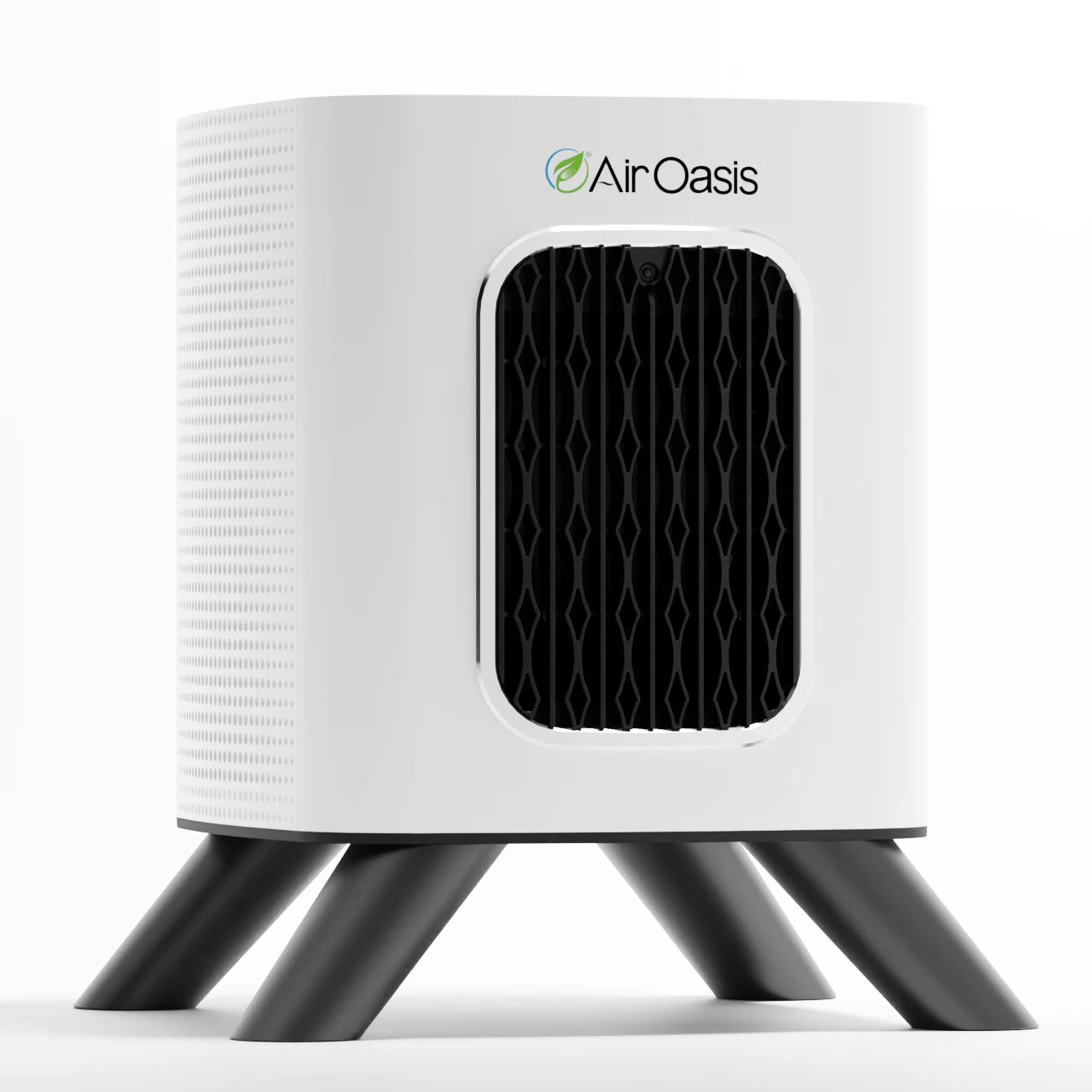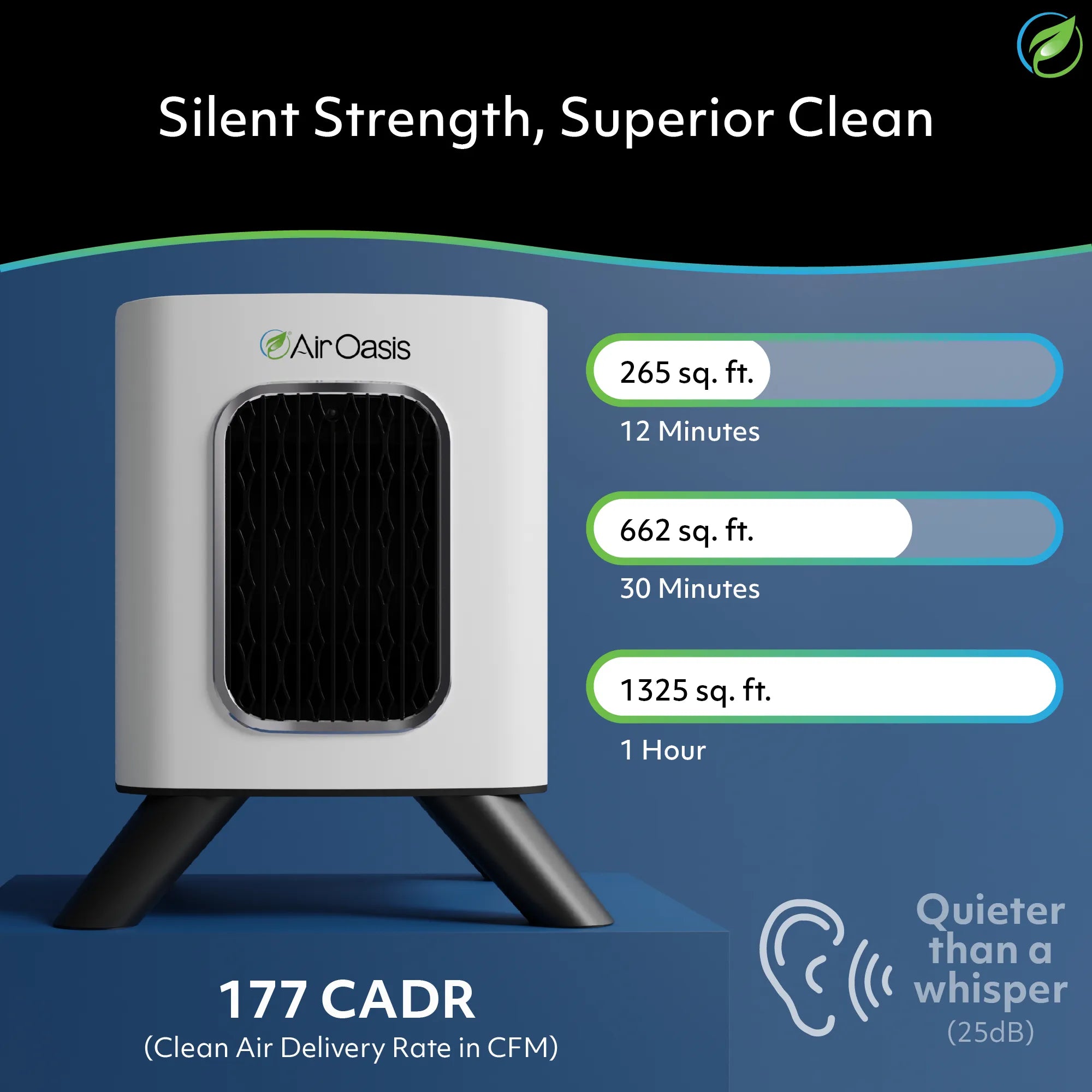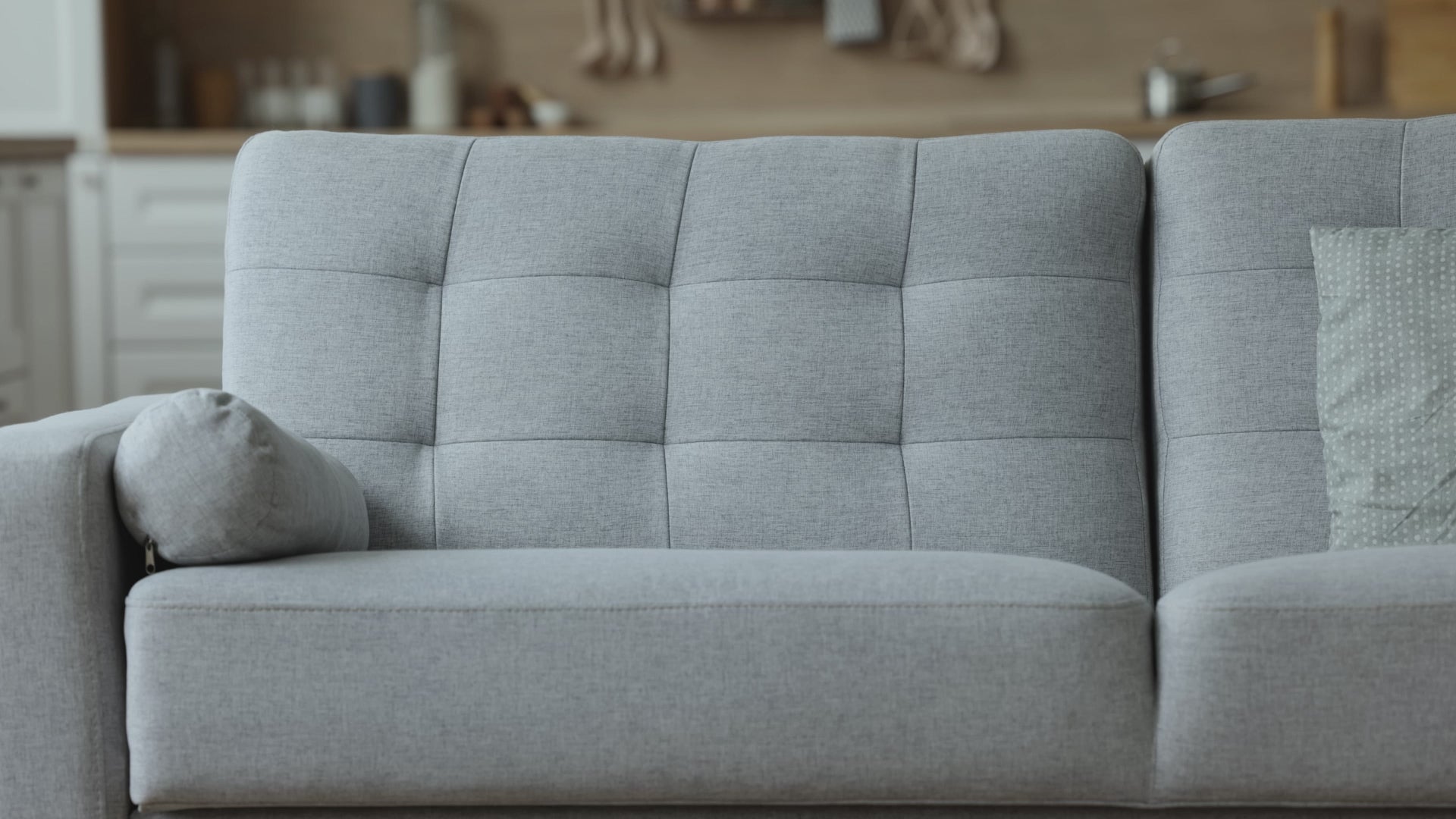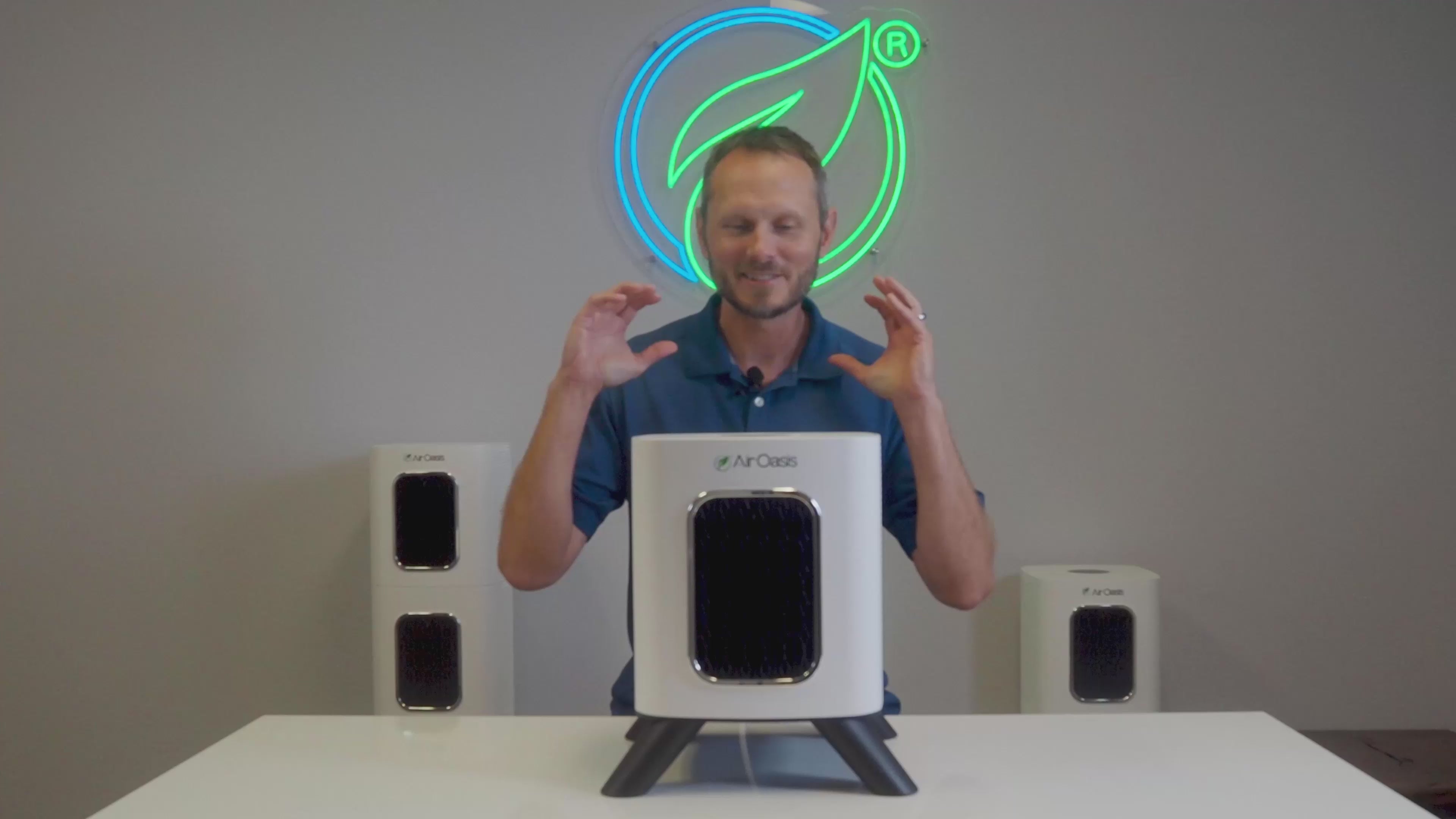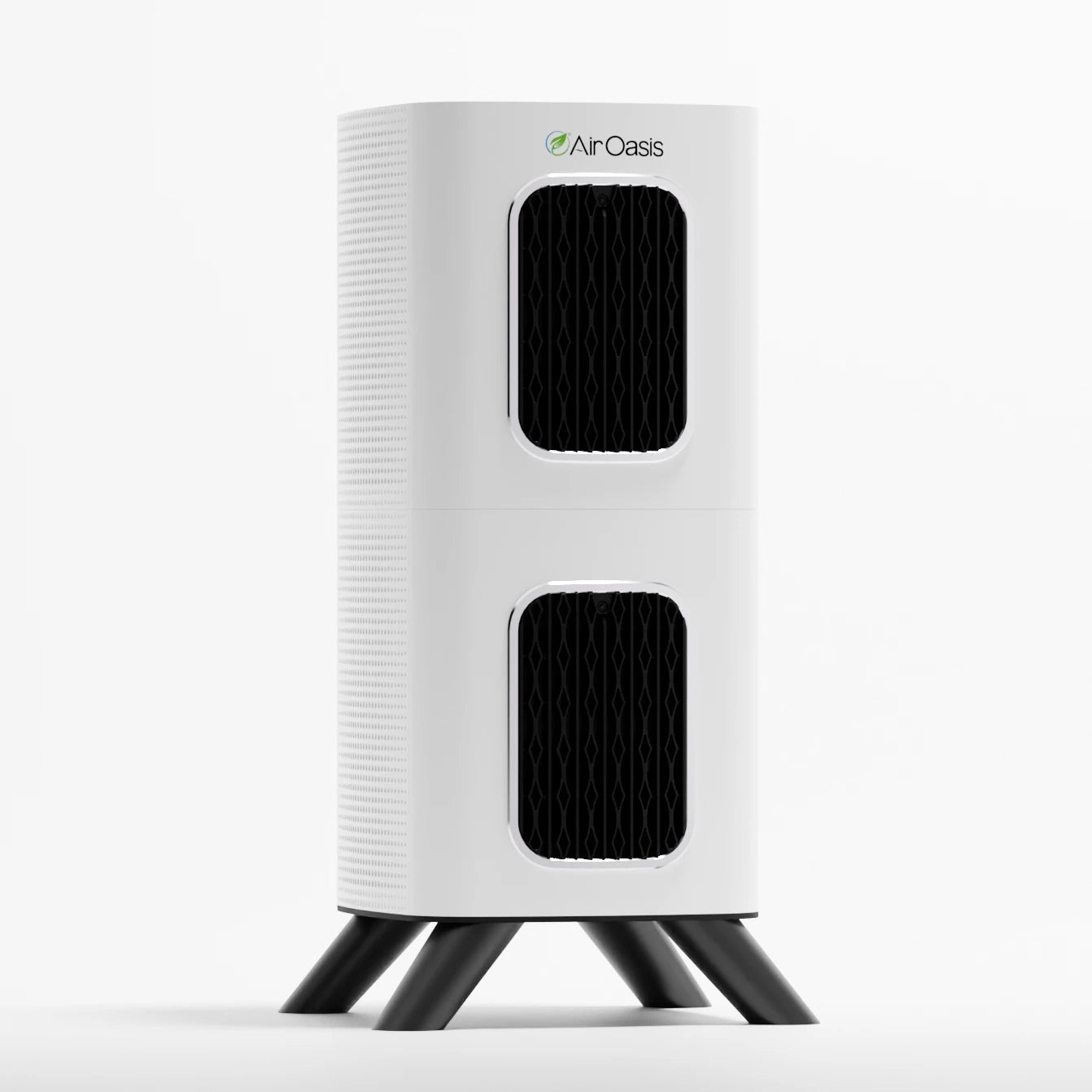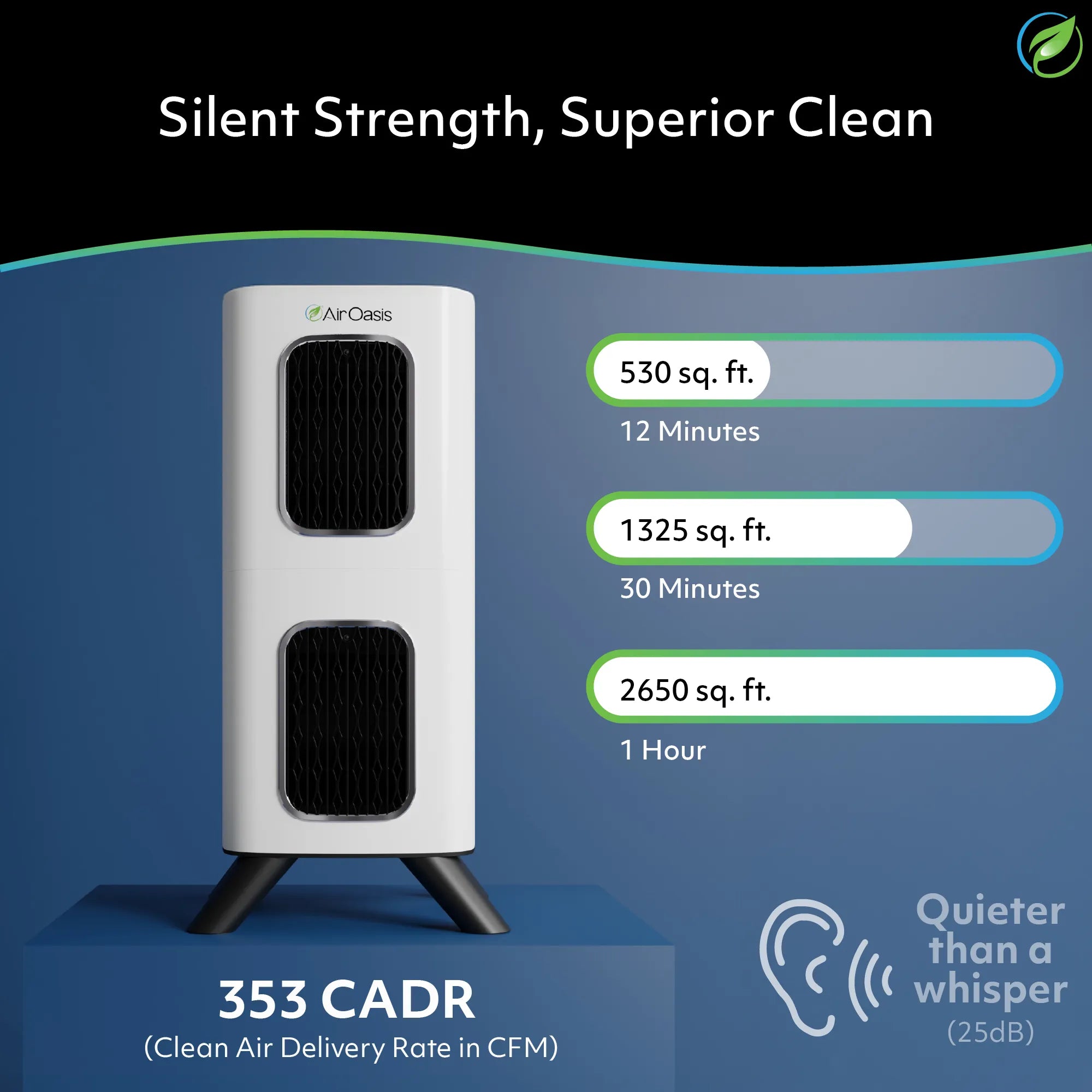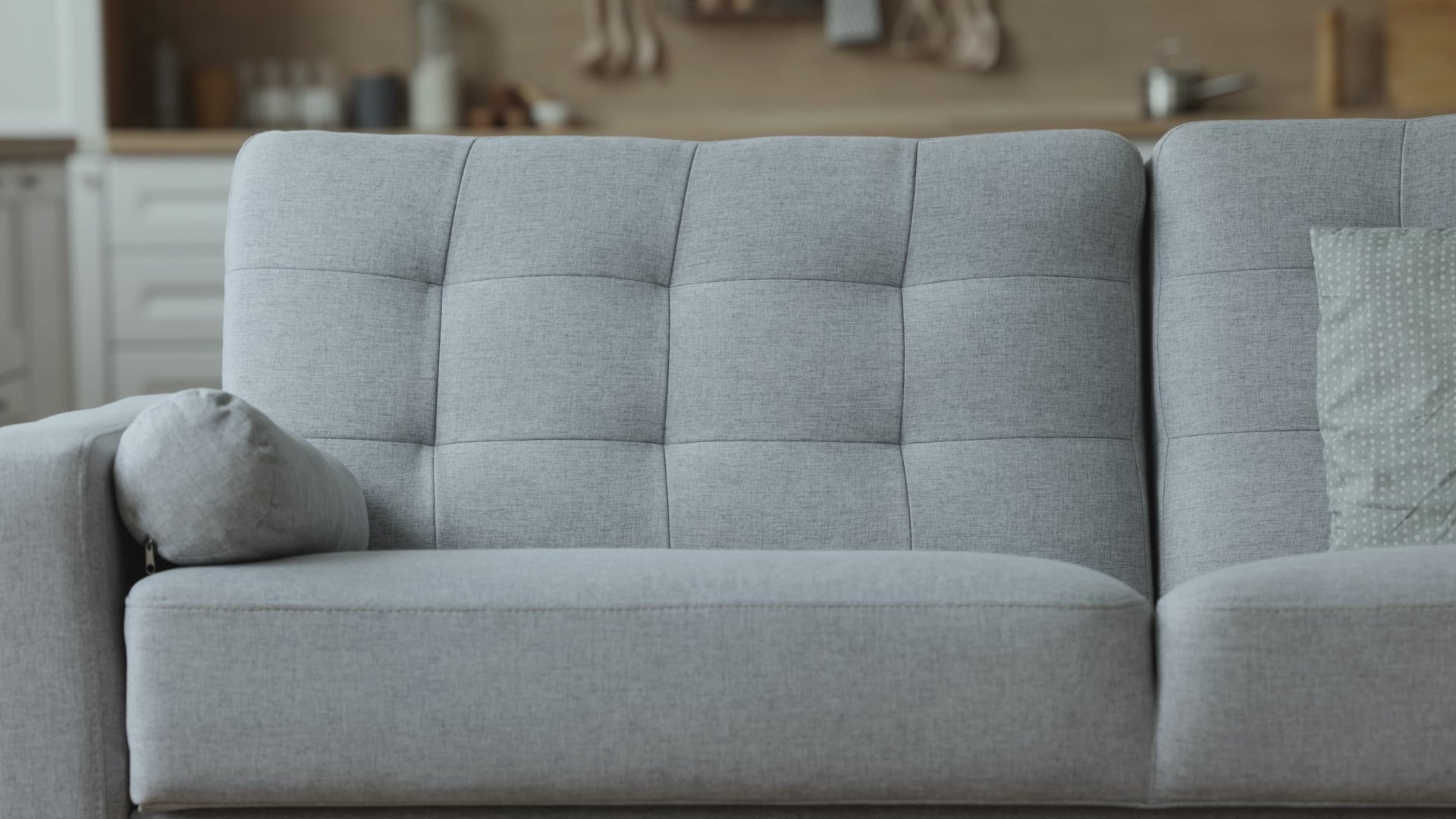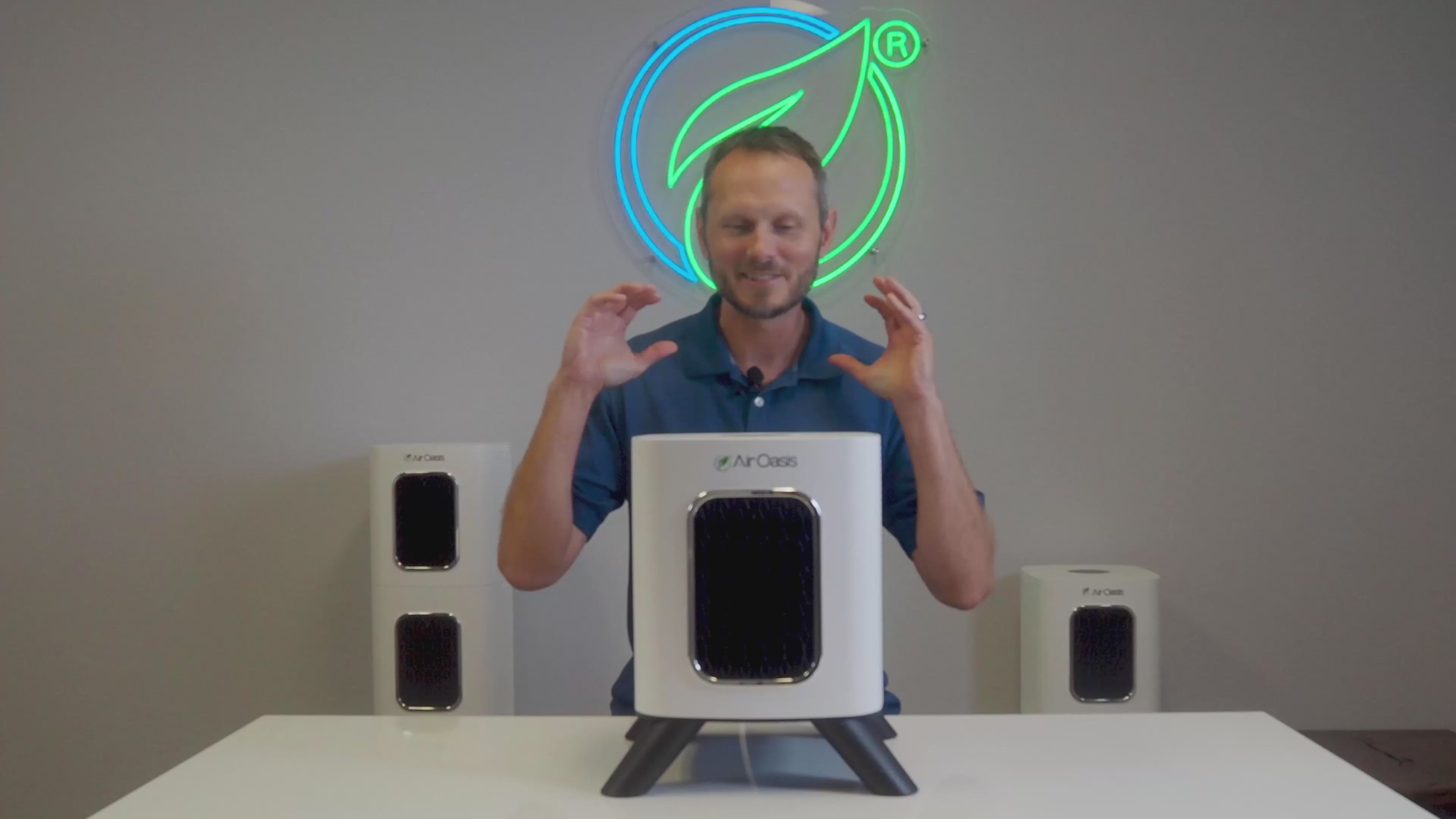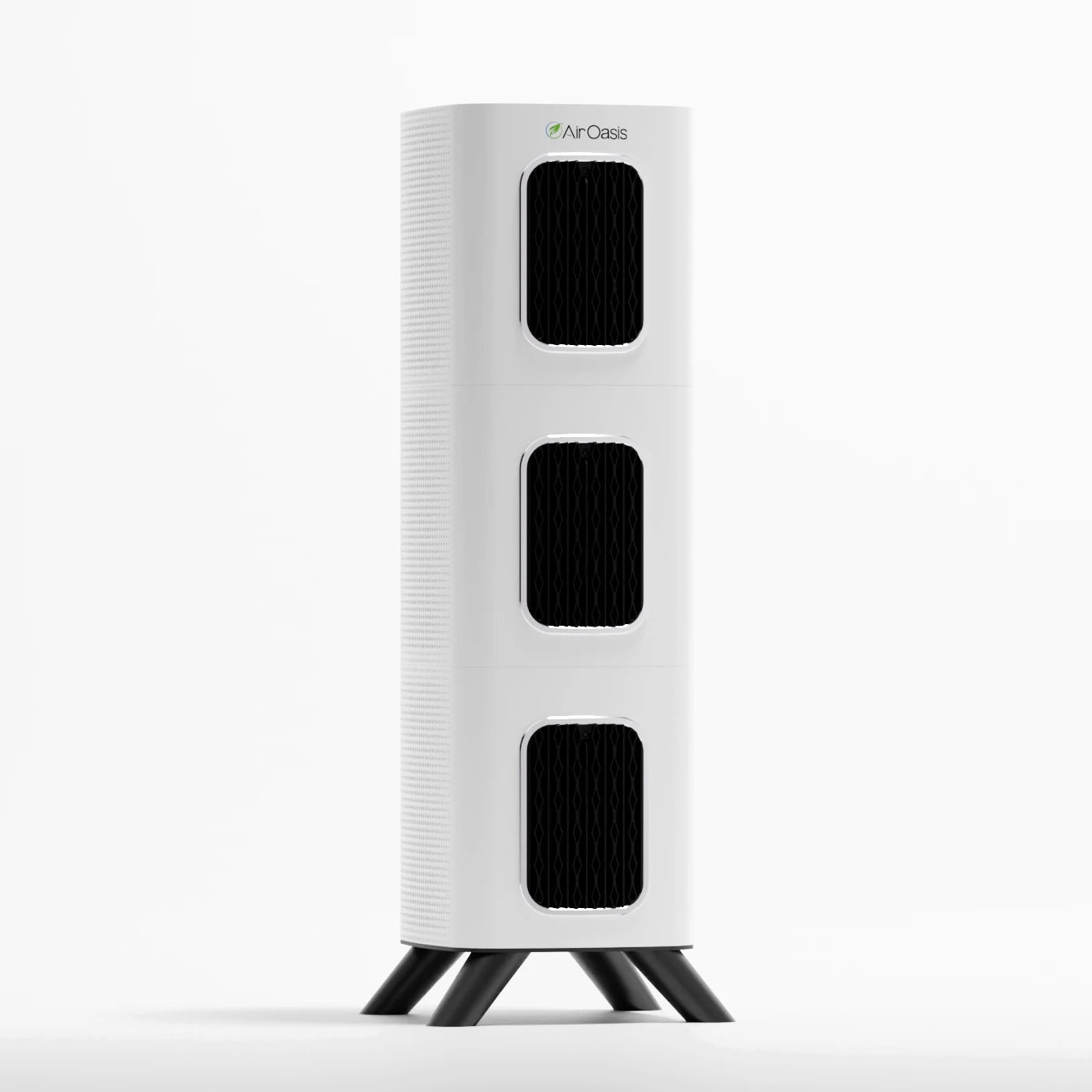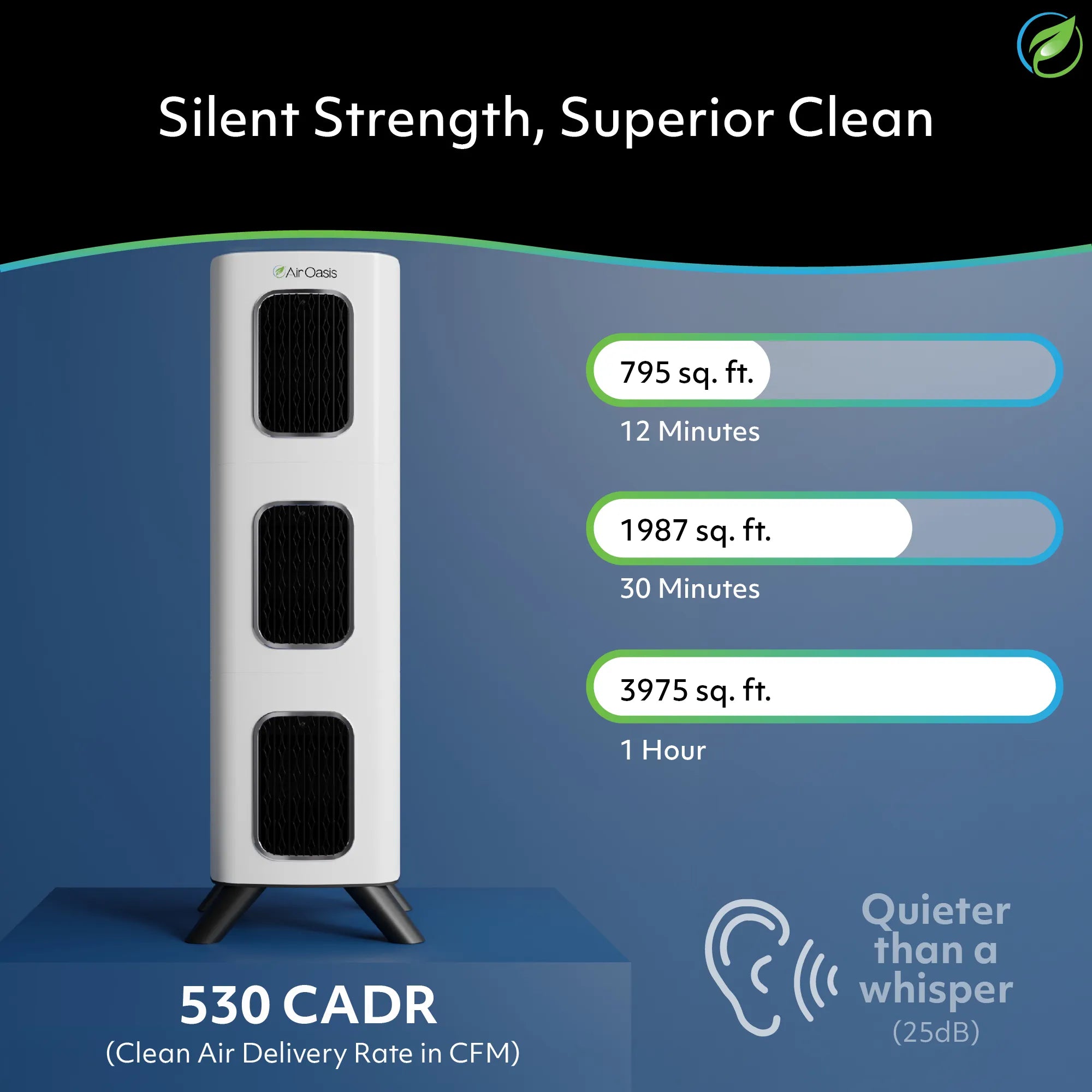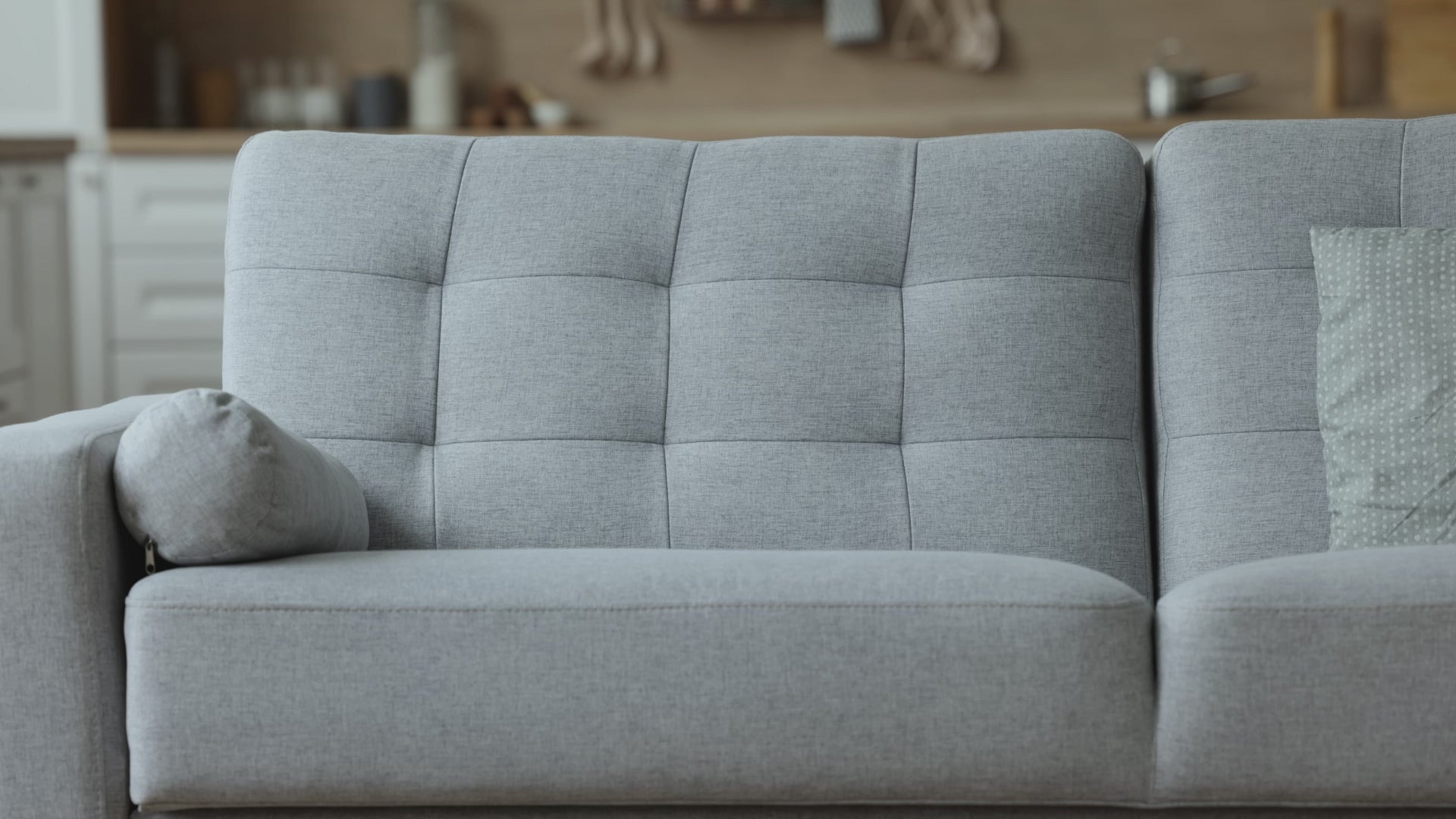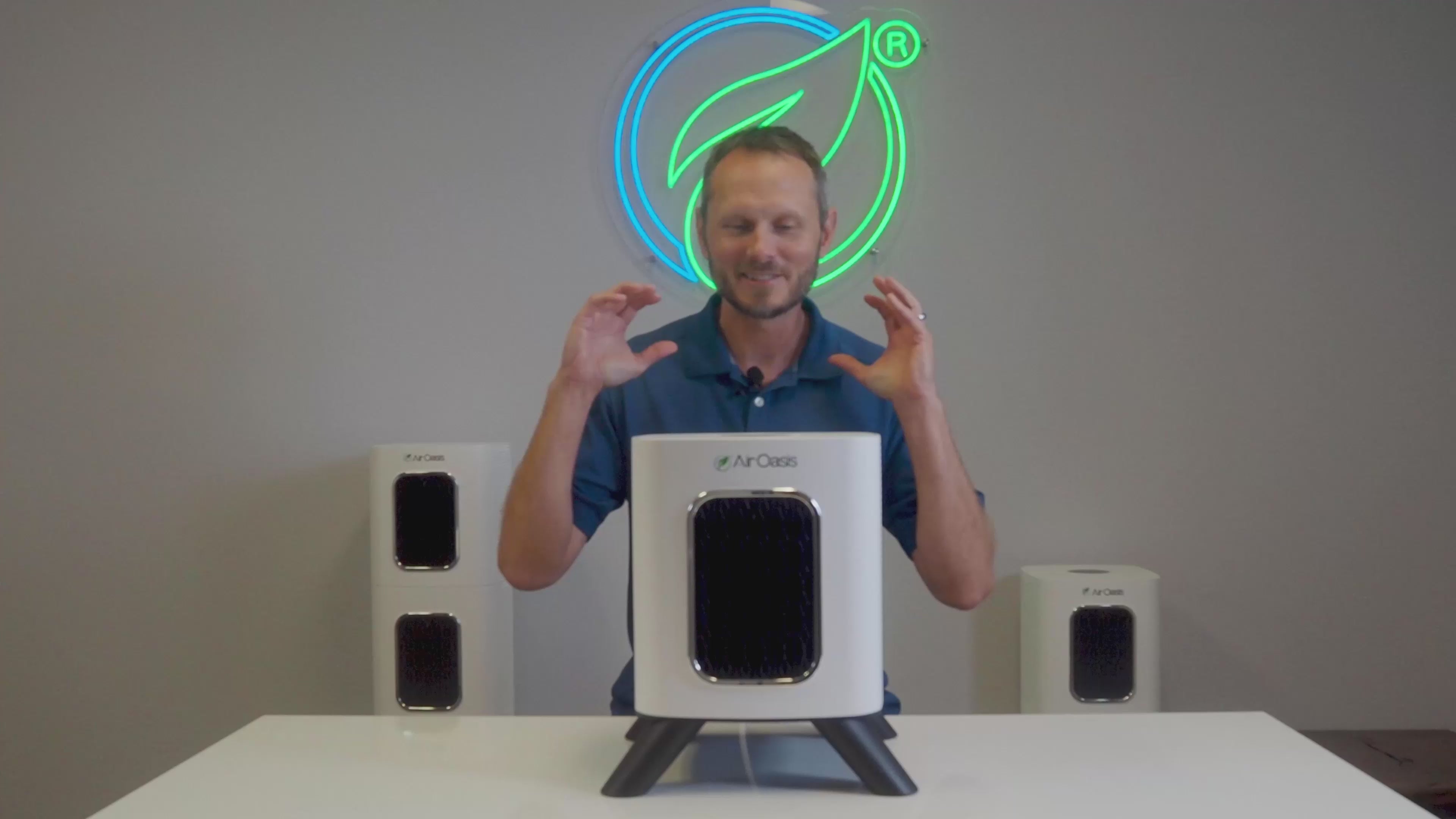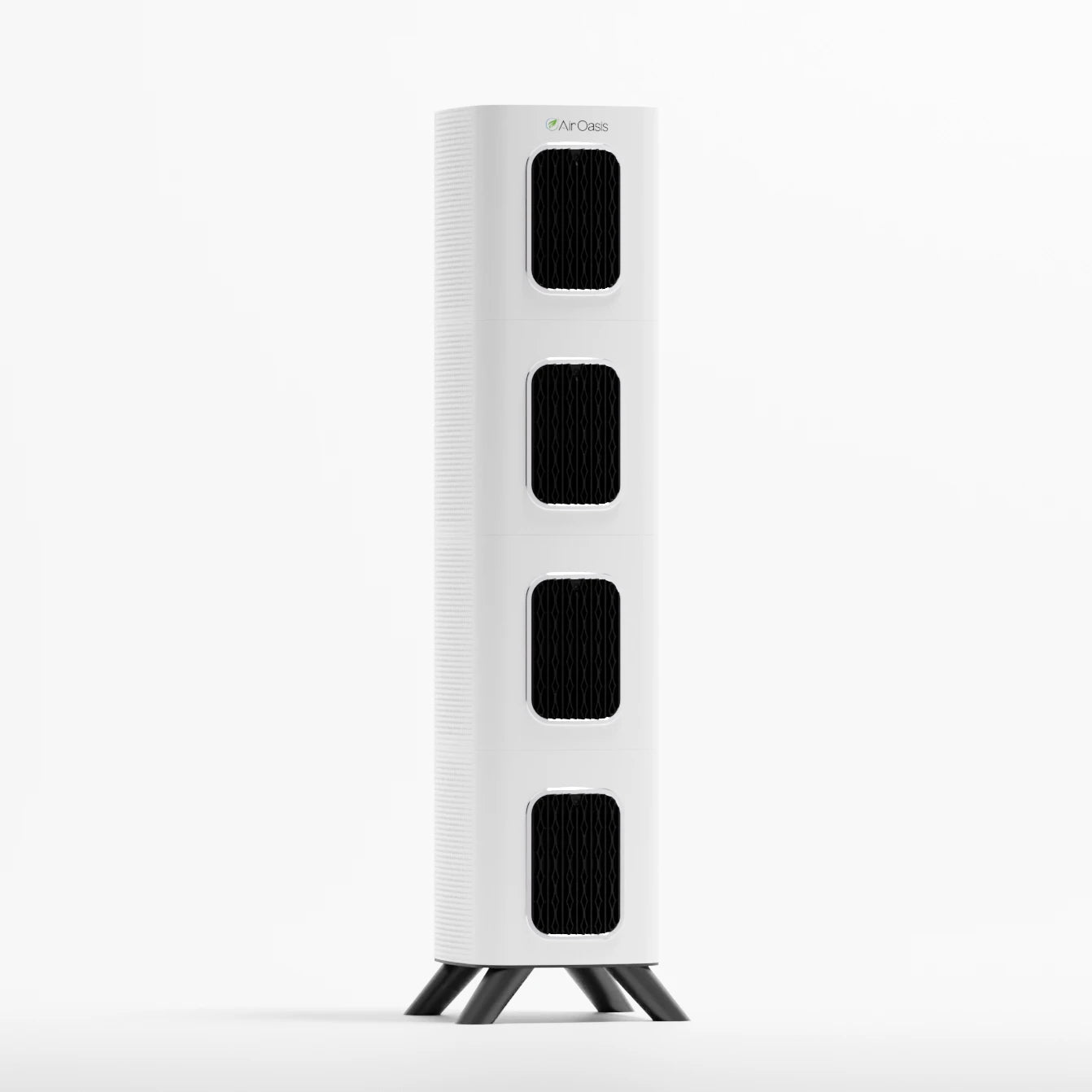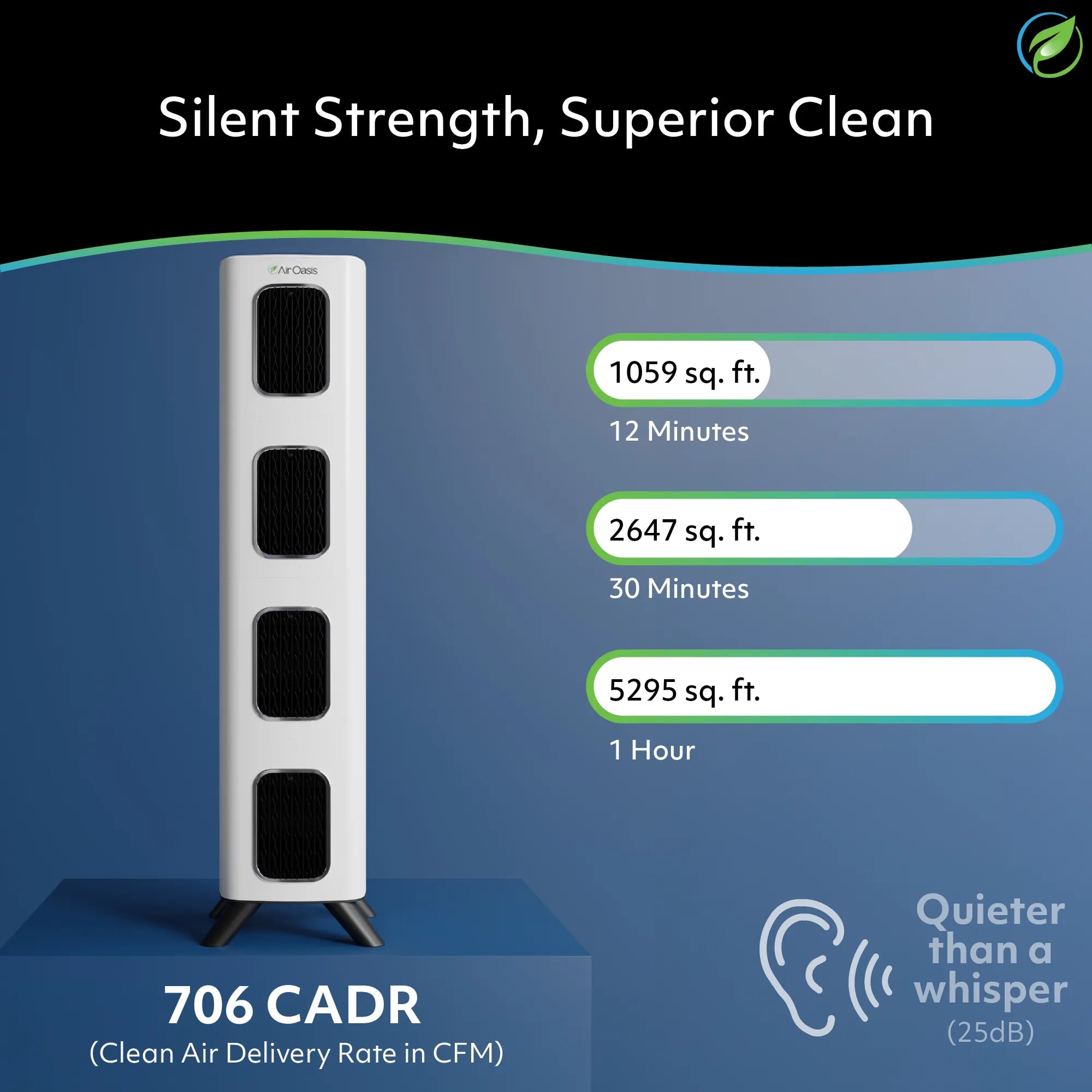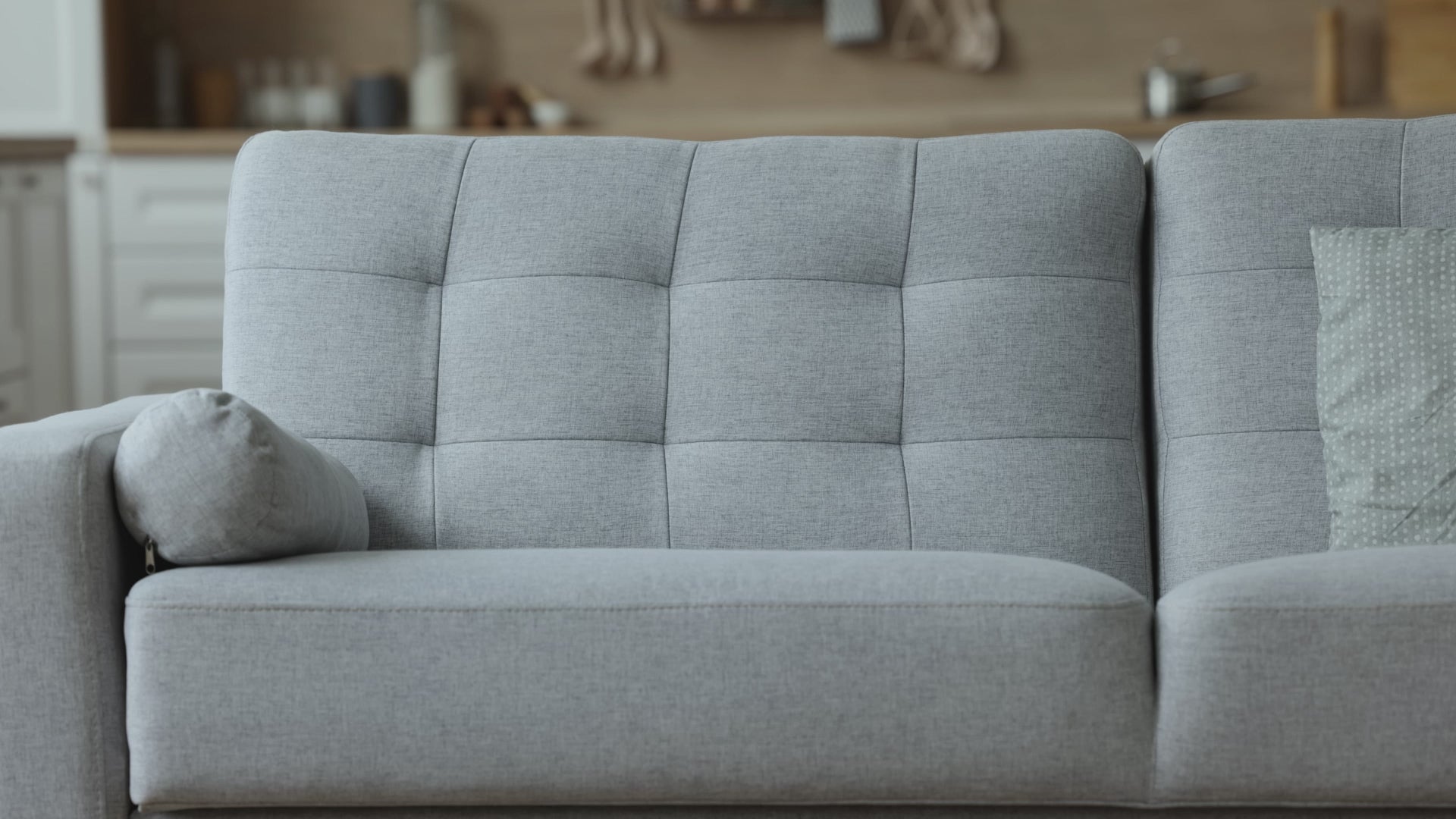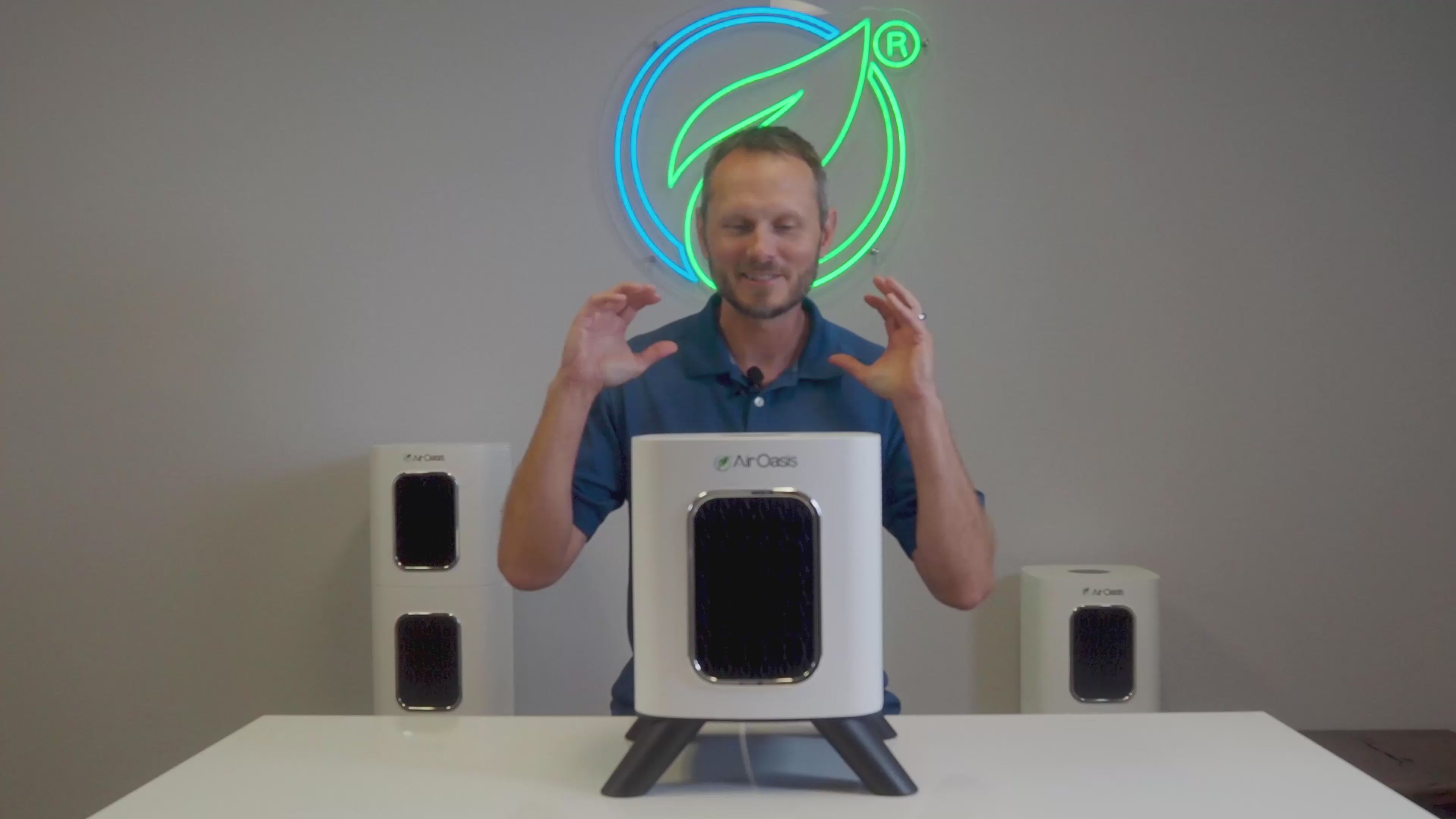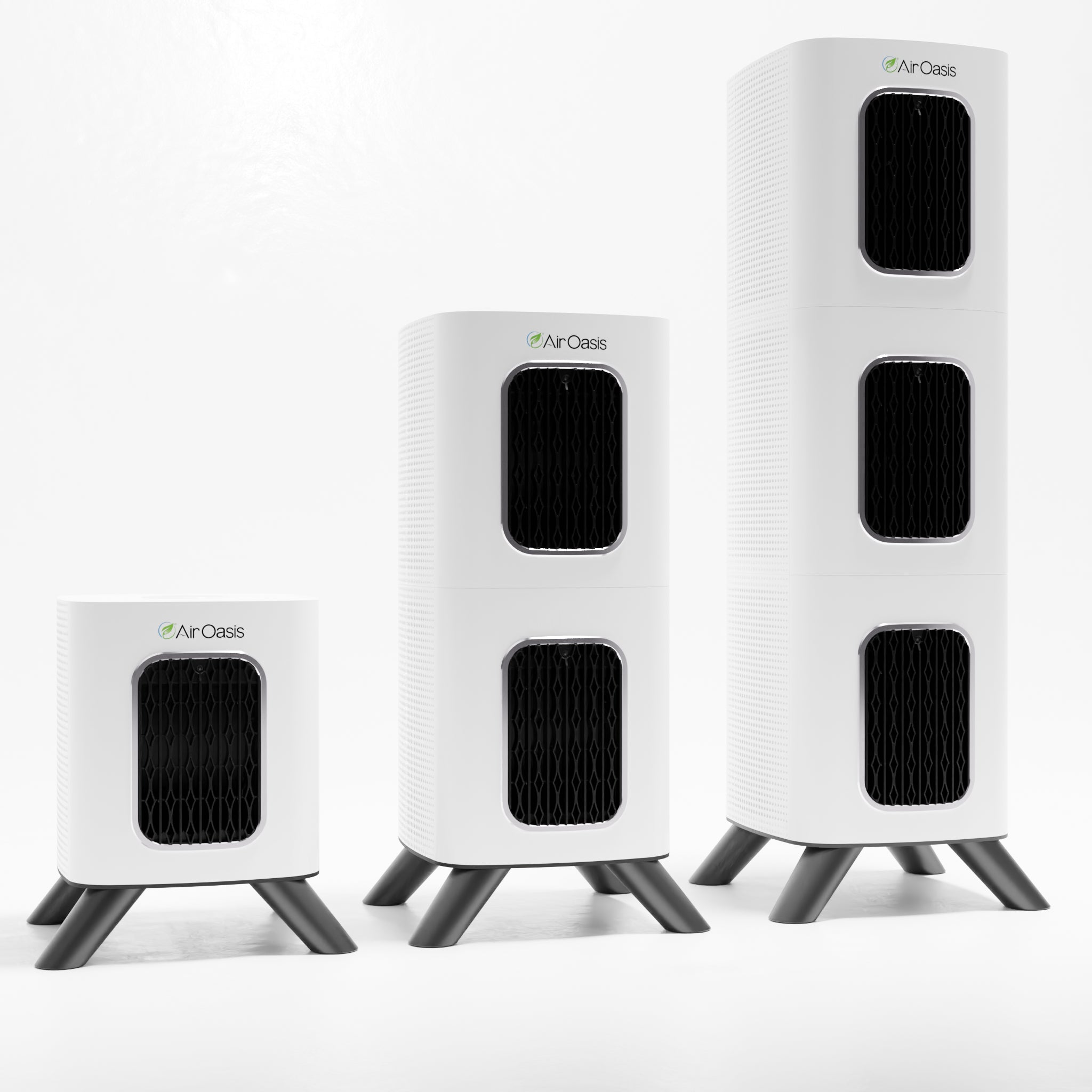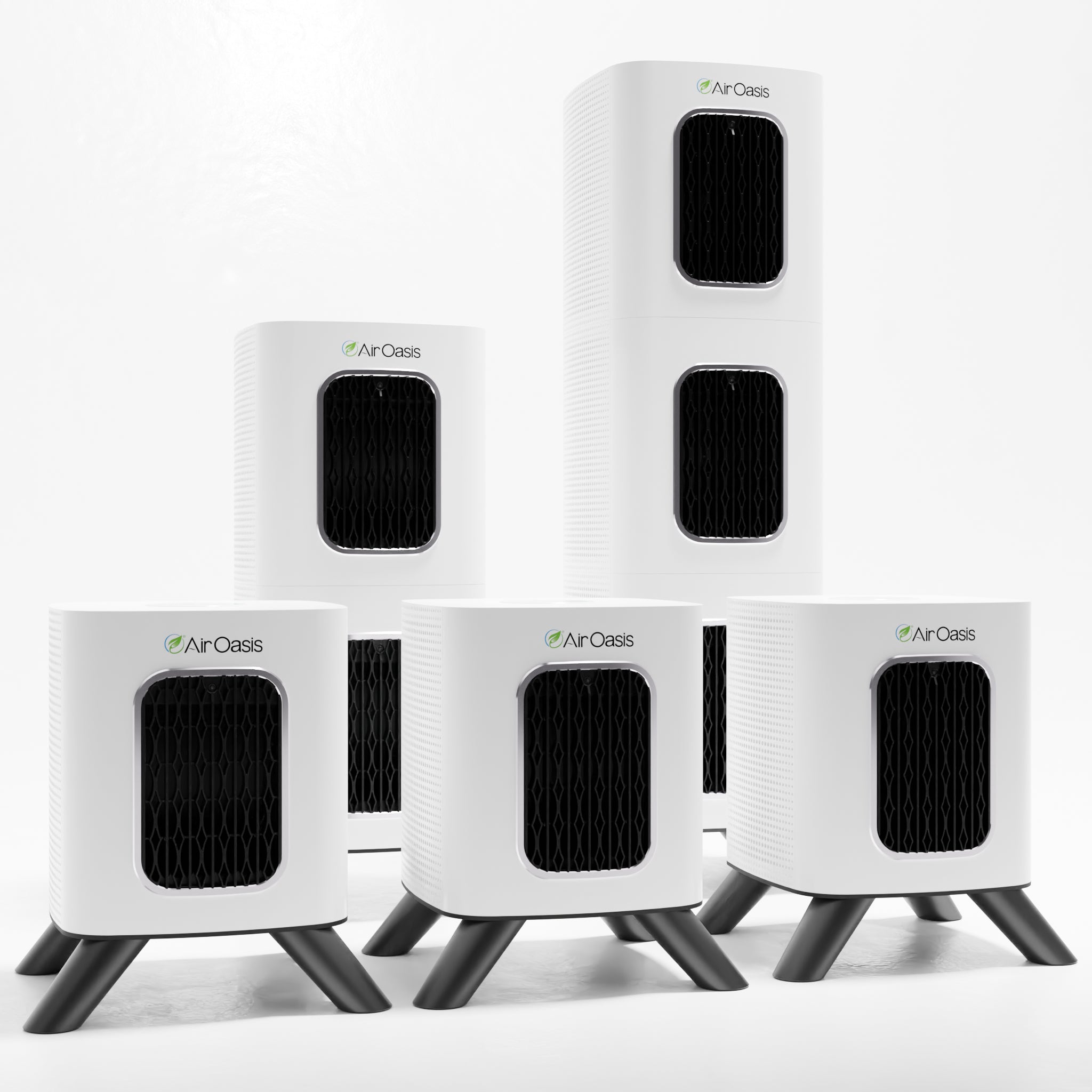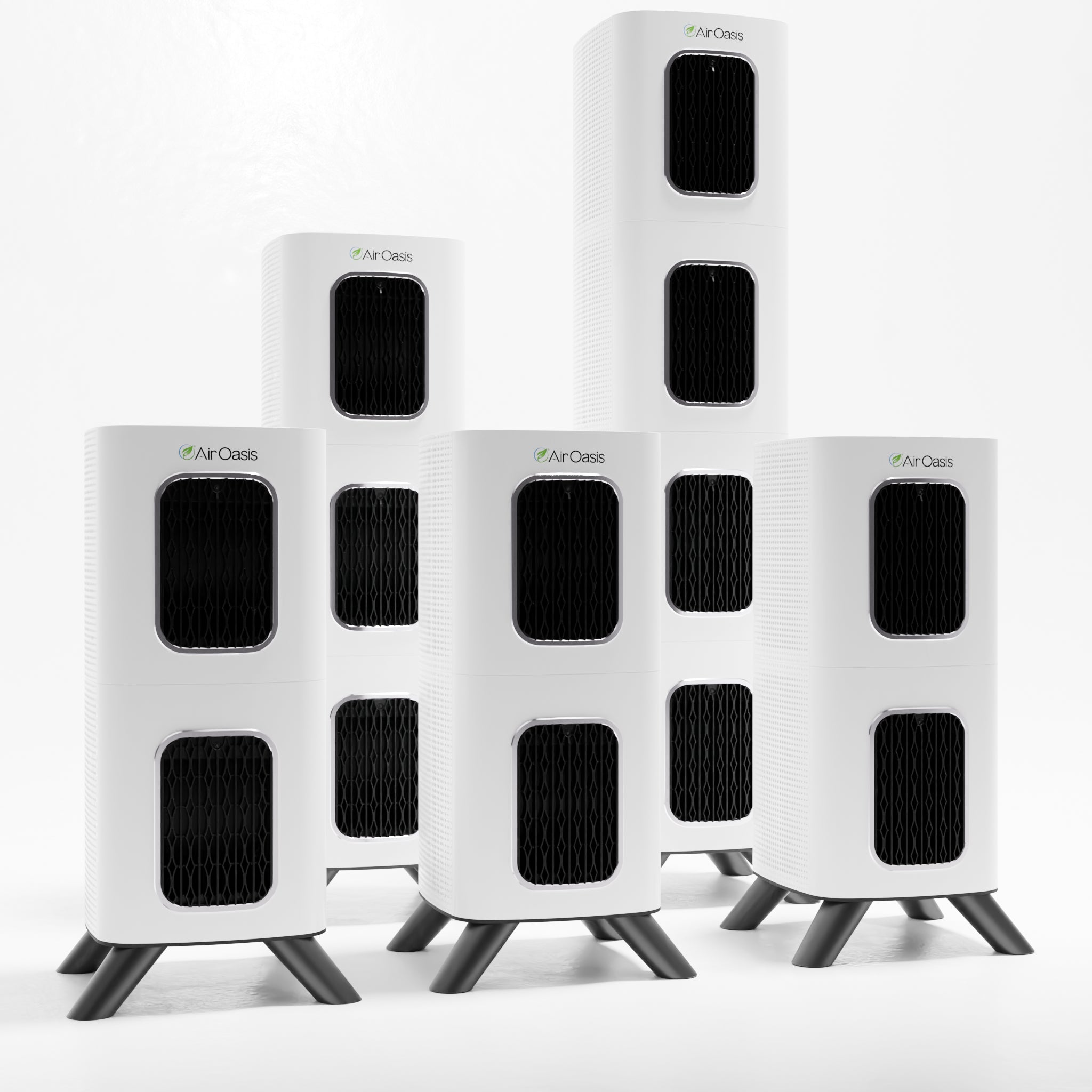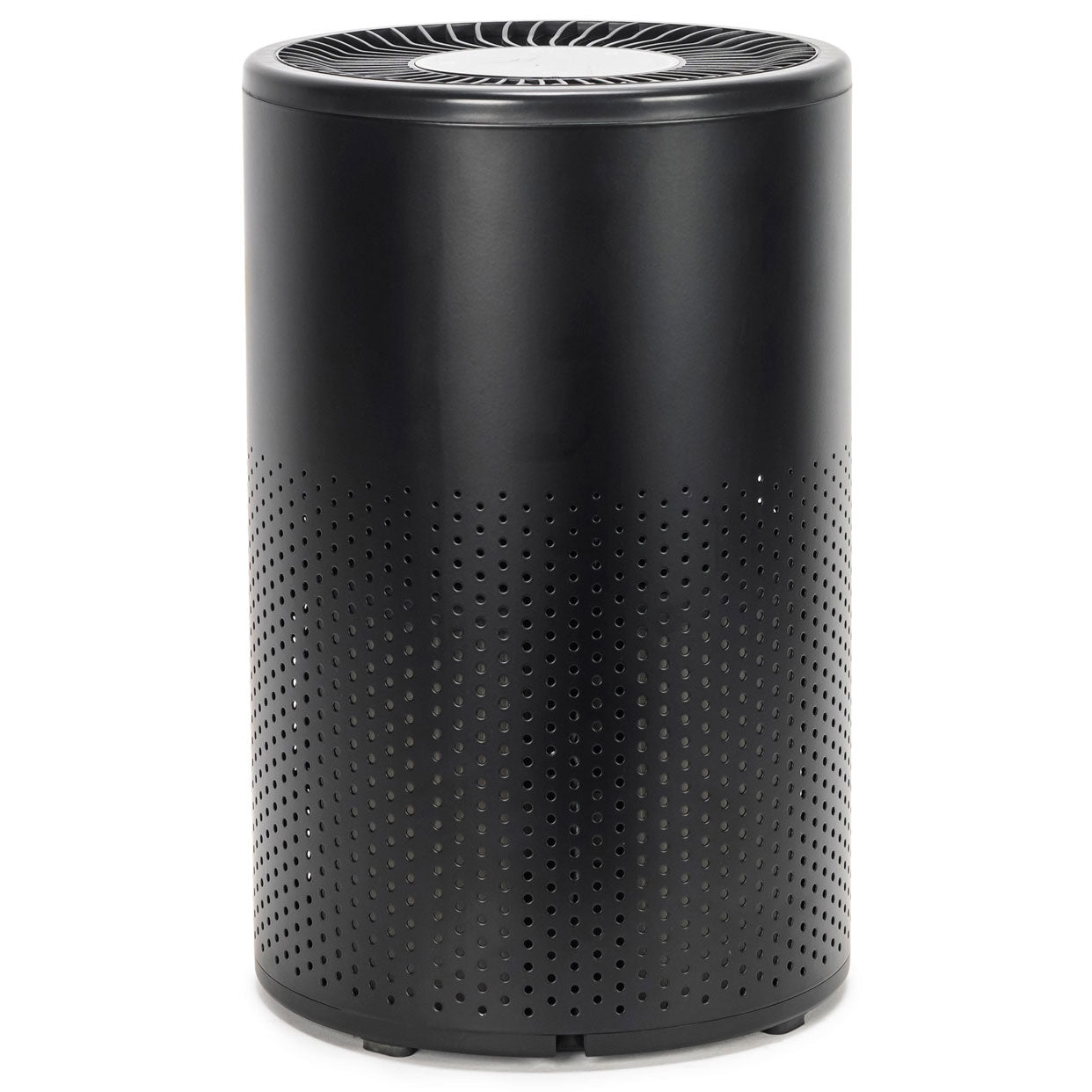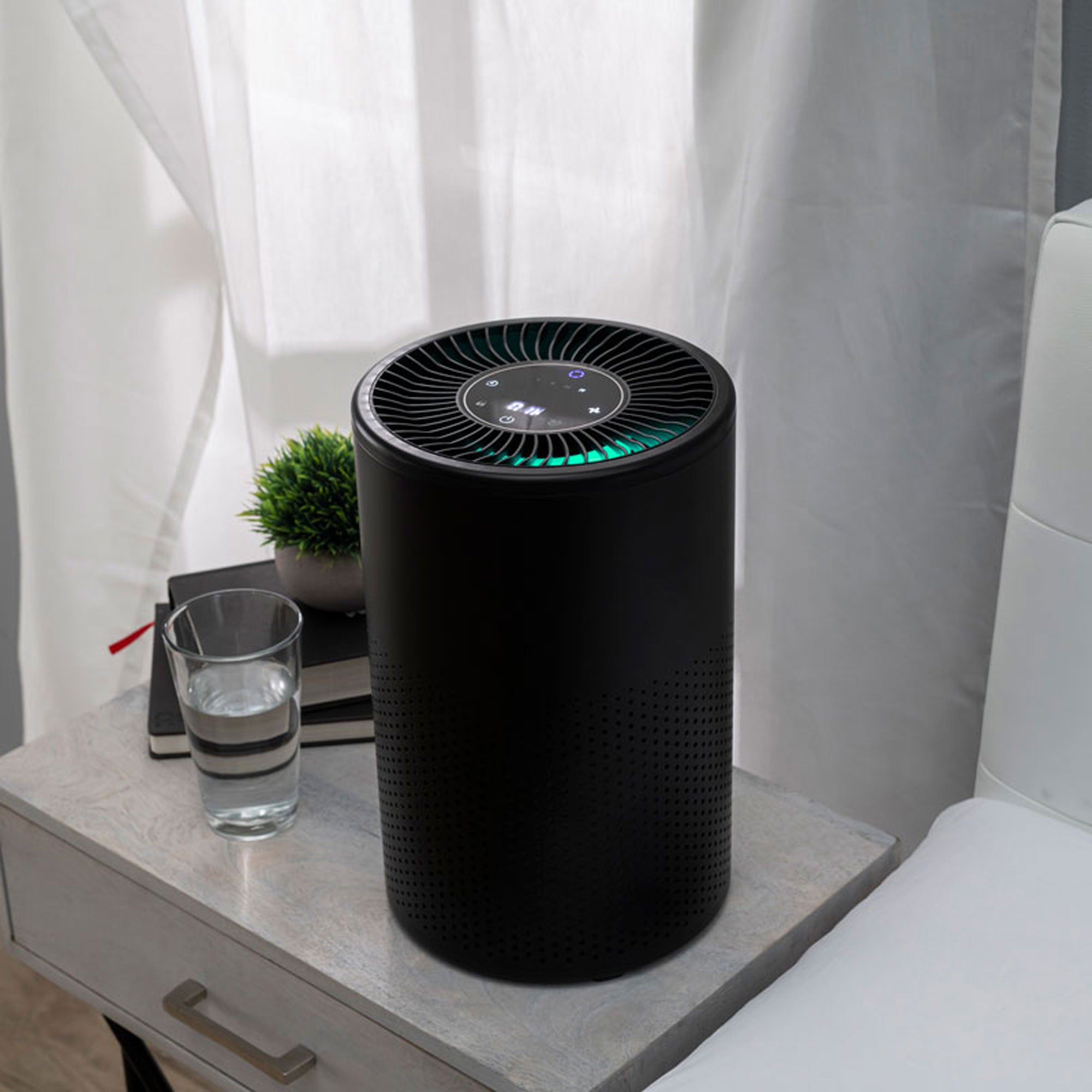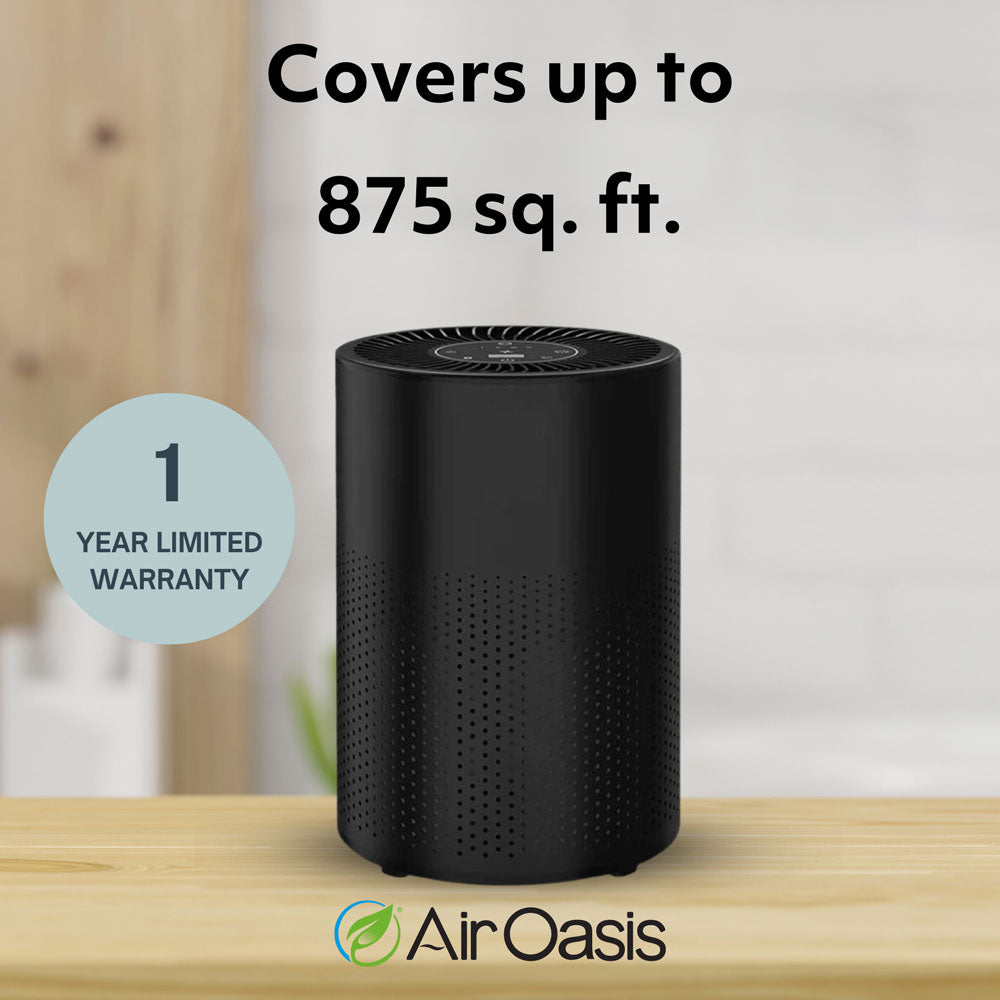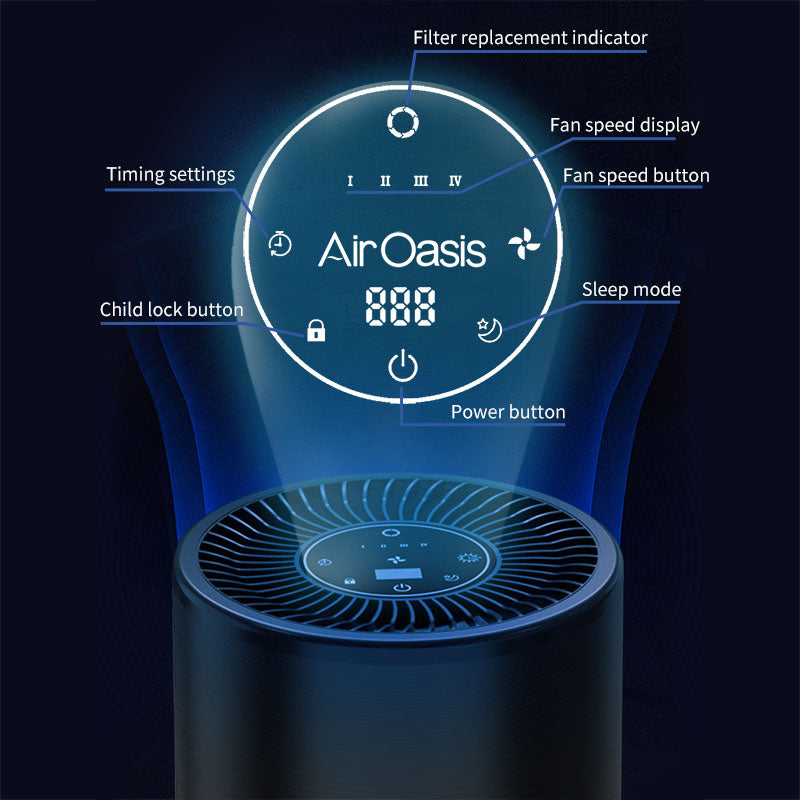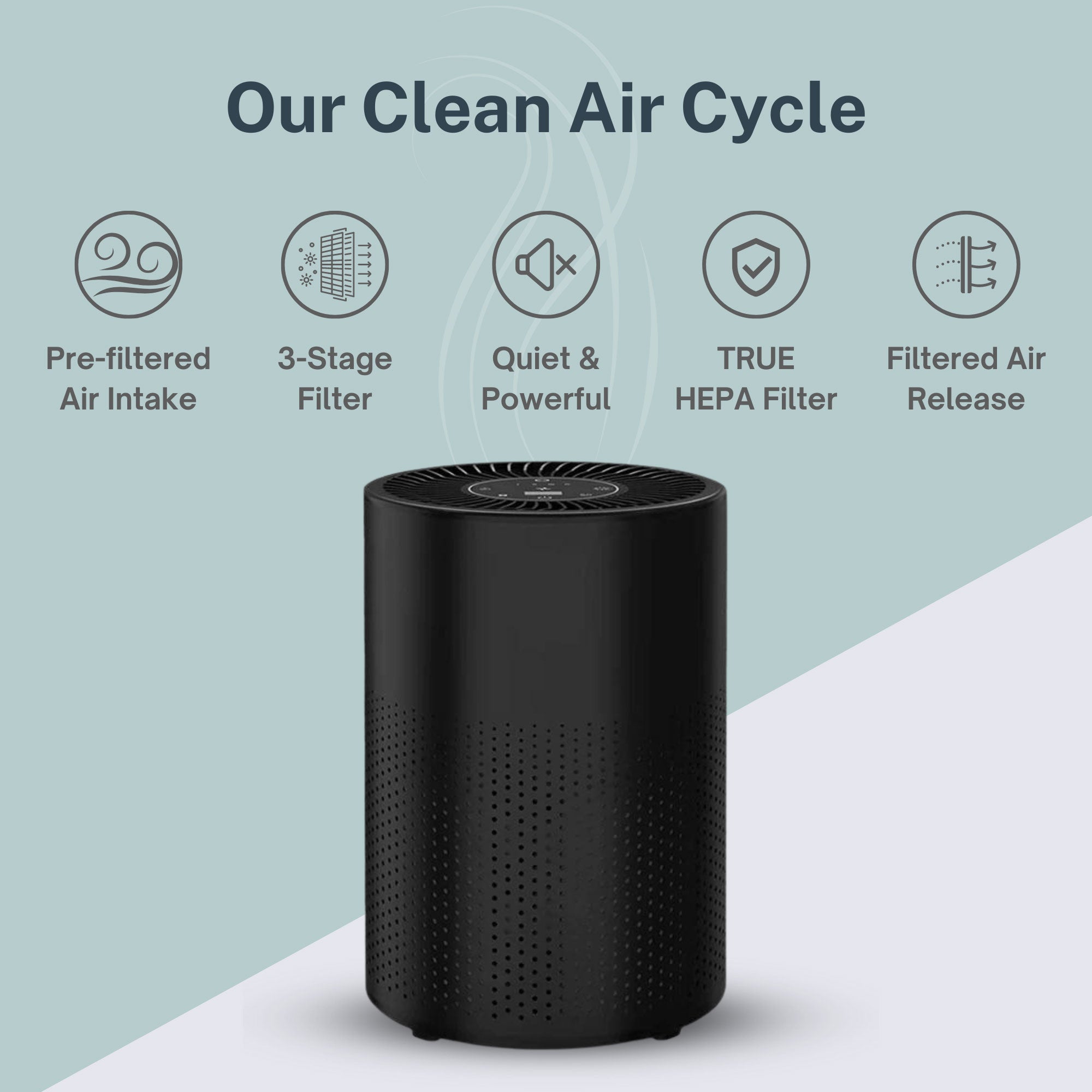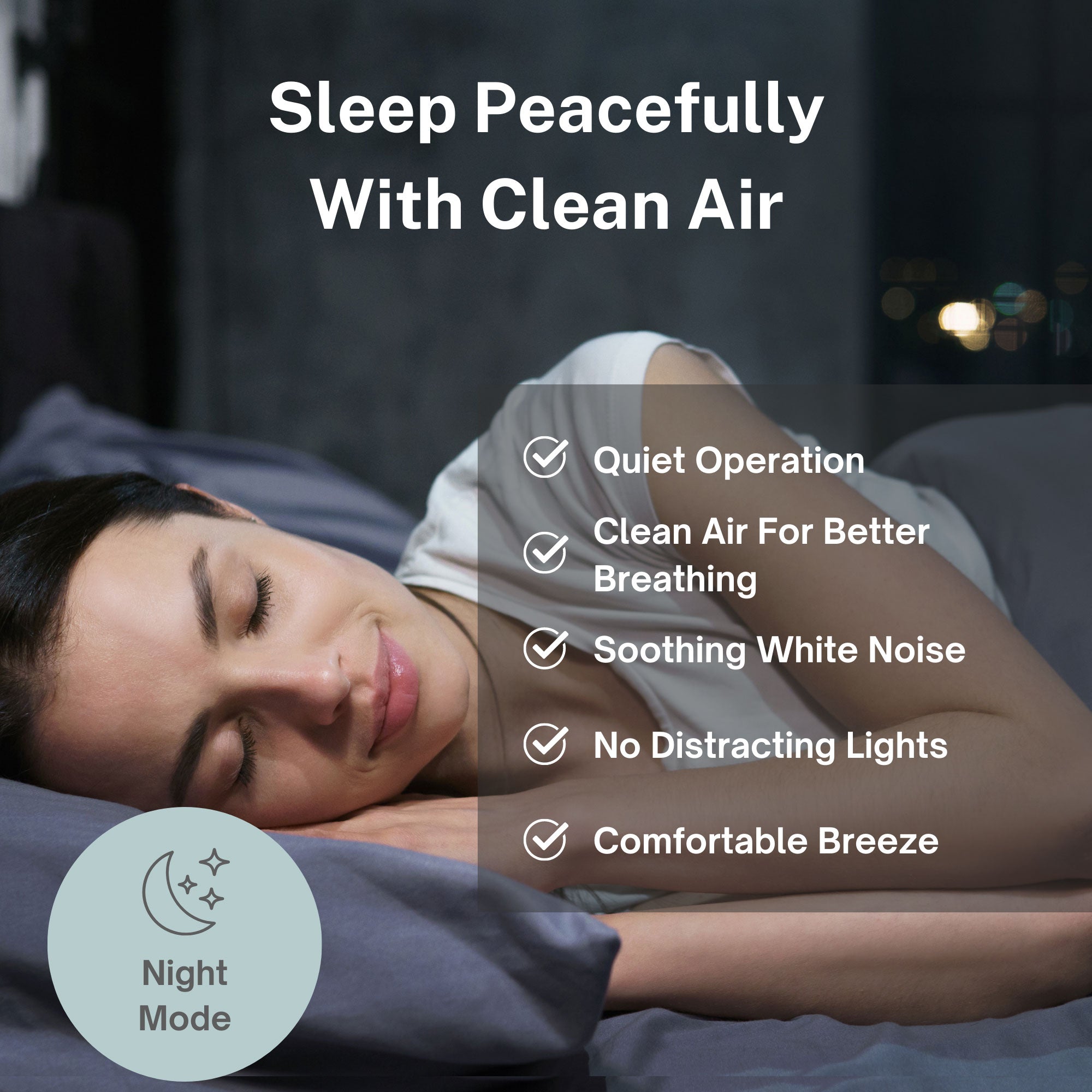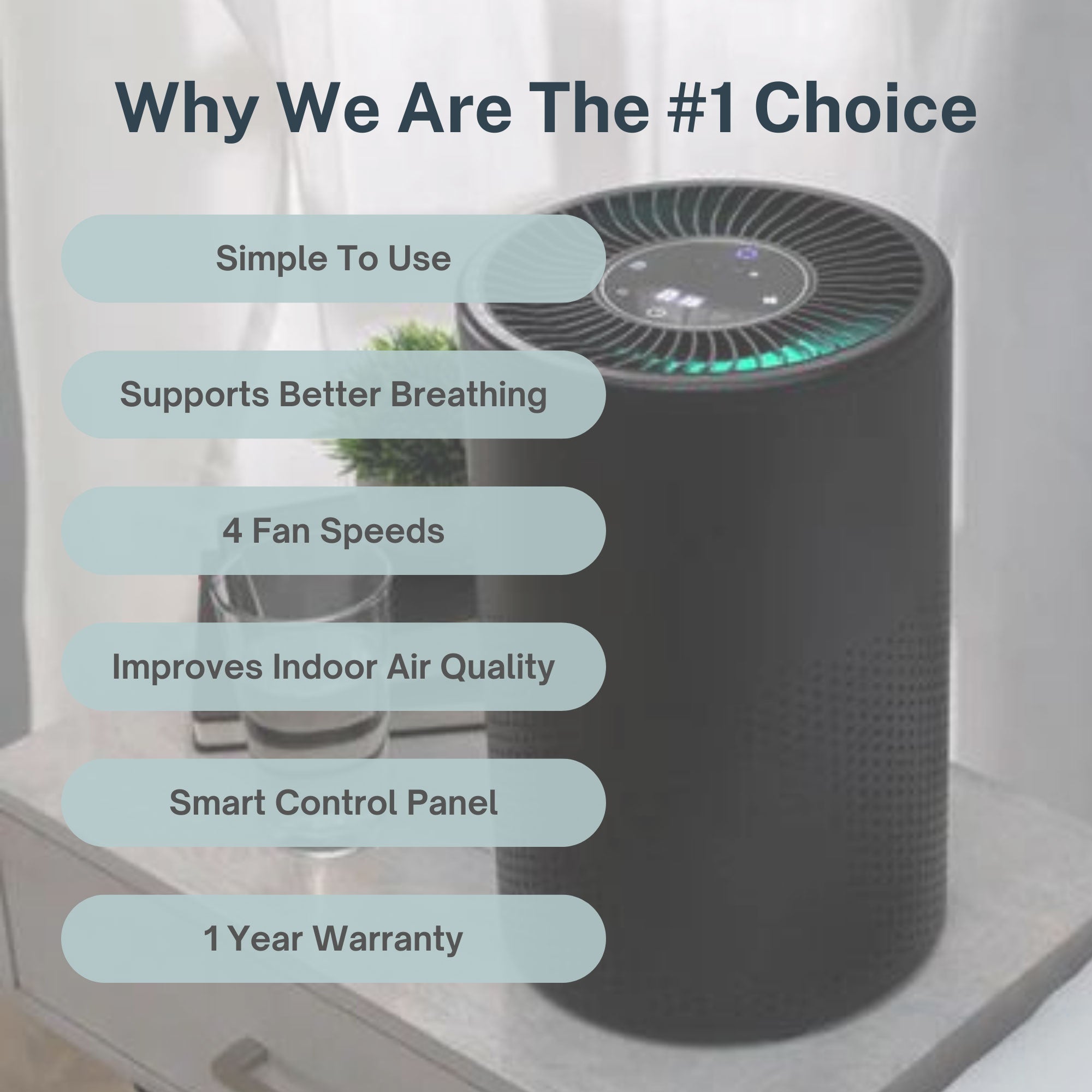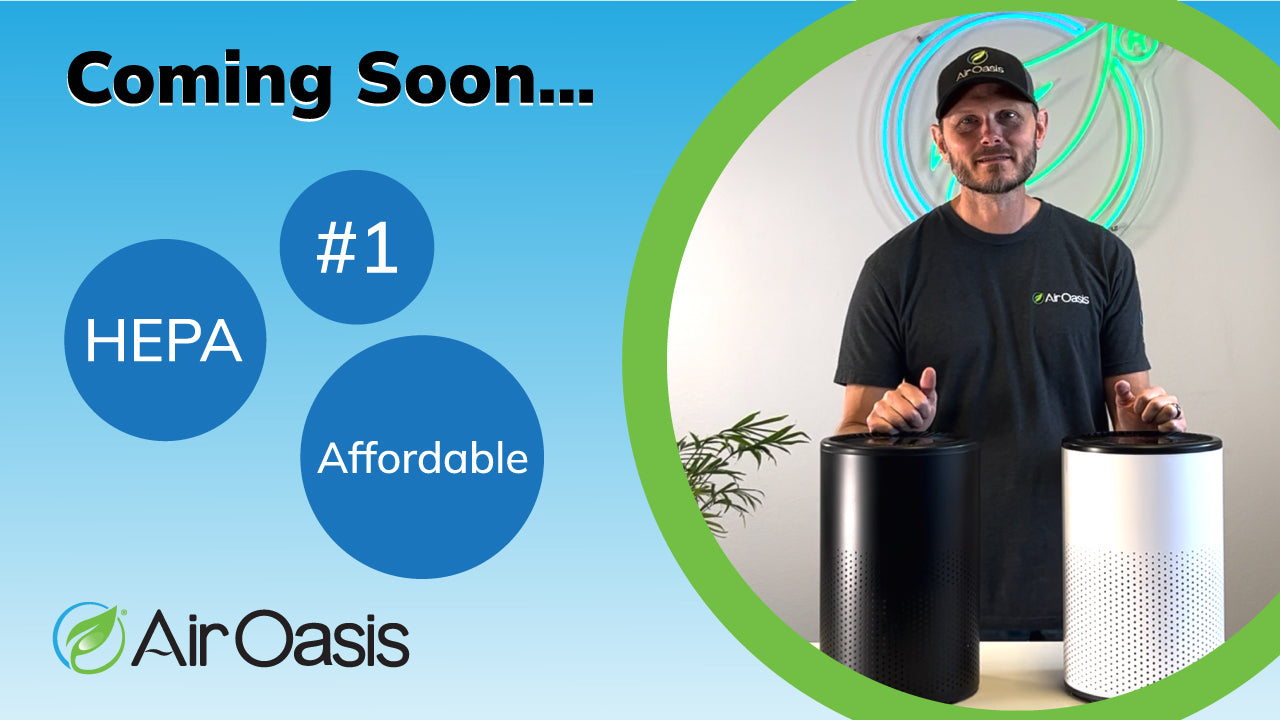Ionic air purification technology sounds complex, but it works on a simple principle that anyone can understand: creating electrically charged particles that act like microscopic magnets to remove pollutants from the air. Unlike traditional air filters that work like nets to catch particles, ionic purifiers generate negative ions (charged particles) that attach to airborne contaminants, making them heavy enough to fall out of the air or stick to surfaces where they can be easily cleaned.
Think of negative ions as tiny helpers that give pollutants an electrical charge, transforming invisible threats like dust, pollen, smoke, and bacteria into clumps that are too heavy to remain airborne. For health-conscious individuals seeking clean air solutions, understanding how ionic technology works helps explain why it represents an effective complement to traditional filtration methods rather than a standalone solution.
How Ionic Air Purification Actually Works
Ionic air purifiers contain devices called ionizers that use electrical energy to create negative ions—molecules that have gained an extra electron, giving them a negative electrical charge. These negative ions are released into the air where they immediately begin seeking positively charged particles to bind with, including dust, pollen, pet dander, smoke particles, and even some bacteria and viruses.
When negative ions encounter airborne pollutants, they attach to these particles and give them a negative charge. Since oppositely charged particles attract each other (like magnets), these newly charged pollutants begin clustering together, forming larger clumps that become too heavy to remain suspended in the air. Gravity pulls these clumps down onto floors, furniture, and other surfaces where they can be removed through normal cleaning.
The process happens continuously as long as the ionizer operates, creating an ongoing cycle where new negative ions constantly seek out and neutralize airborne contaminants. According to research on ionization technology, properly designed ionic purifiers can effectively reduce certain types of airborne particles when used as part of comprehensive air quality management systems.
Some ionic purifiers also incorporate collection plates that use opposite electrical charges to attract and capture the charged particles before they settle on household surfaces, providing more immediate removal from the breathing environment.
What Ionic Purification Can and Cannot Do
Ionic air purification excels at removing certain types of airborne particles, particularly those that readily accept electrical charges. Dust, pollen, pet dander, smoke particles, and some bacteria respond well to ionization because their physical and chemical properties allow them to be effectively charged and removed from the air.
The technology can be particularly effective for reducing allergens like pollen and pet dander that cause respiratory symptoms, as these biological particles cluster together readily when charged and fall out of the breathing zone. Many users report reduced allergy symptoms and cleaner-feeling air when ionic purifiers operate continuously in their homes.
However, ionic purification has limitations that users should understand. The technology cannot effectively remove gases, odors, or volatile organic compounds (VOCs) that don't respond to electrical charging. Chemical pollutants from cleaning products, paint, furniture off-gassing, and other sources require different purification technologies like activated carbon absorption.
Additionally, some ionic purifiers can produce small amounts of ozone as a byproduct of the ionization process. While modern, properly designed ionic purifiers minimize ozone production, consumers should look for units certified by organizations like the California Air Resources Board (CARB) that verify safe ozone levels.
Real-World Results and User Experience
Users of ionic air purification typically notice several measurable improvements in their indoor air quality. Reduced dust accumulation on surfaces represents one of the most obvious benefits, as charged particles settle out of the air rather than remaining suspended where they can be inhaled or continue circulating through living spaces.
Many people report reduced allergy symptoms, particularly during high pollen seasons when ionic purifiers can effectively charge and remove airborne pollen before it triggers respiratory reactions. Pet owners often notice reduced pet dander circulation, leading to fewer allergy symptoms for sensitive family members.
The technology works silently and continuously, requiring minimal maintenance beyond periodic cleaning of collection plates (if equipped) and occasional ionizer component replacement. Unlike filter-based systems, ionic purifiers don't require regular filter changes, making them cost-effective for long-term operation.
However, users should understand that ionic purification works best as part of comprehensive air quality systems rather than standalone solutions. The Air Oasis iAdaptAir technology combines ionic purification with HEPA filtration, activated carbon absorption, and UV-C sterilization to address the full spectrum of indoor air quality threats.
The Science Behind Ion Benefits
Scientific research has identified natural negative ion concentrations in environments associated with improved air quality and human wellness. Locations like waterfalls, beaches after storms, and forests naturally generate high concentrations of negative ions through processes like water movement and plant photosynthesis.
Studies suggest that negative ions may have beneficial effects on human mood, energy levels, and respiratory function beyond their air cleaning properties. Some research indicates that negative ion exposure can enhance immune system function, reduce stress hormones, and improve sleep quality, though these effects require further scientific validation.
The air cleaning benefits of ionization are well-documented, with studies showing measurable reductions in airborne particles when ionic purifiers operate in controlled environments. The key is understanding that ionization works through different mechanisms than traditional filtration, making it complementary to rather than competitive with other air purification technologies.
Choosing Effective Ionic Technology
Not all ionic air purifiers are created equal, and understanding key features helps consumers make informed decisions. Look for units that are CARB-certified to ensure minimal ozone production, as excessive ozone can create health risks that outweigh air cleaning benefits.
Consider ionic technology as part of multi-stage air purification systems that address different types of pollutants through various mechanisms. While ionization effectively handles particles, comprehensive air quality requires additional technologies for gases, odors, and biological contaminants.
Room size compatibility is crucial, as ionic purifiers must generate sufficient ion density to effectively charge particles throughout the intended space. Undersized units may provide minimal benefits, while properly sized systems can create noticeable improvements in air quality and comfort.
Practical Implementation and Expectations
Ionic air purification provides gradual, continuous improvement in air quality rather than immediate dramatic changes. Users typically notice benefits over days or weeks of operation as particle concentrations decrease and respiratory symptoms improve.
The technology works best in conjunction with good housekeeping practices that remove settled particles from surfaces before they can become re-suspended in the air. Regular vacuuming and dusting enhance ionic purification effectiveness by permanently removing charged particles that have settled.
Understanding these realistic expectations helps users appreciate ionic technology as a valuable component of comprehensive indoor air quality management rather than expecting it to solve all air quality problems independently.
Your indoor air quality depends on addressing multiple types of pollutants through appropriate technologies that work together for optimal results. Ionic purification offers unique benefits for particle reduction while requiring complementary technologies for comprehensive air cleaning. Explore complete air purification solutions that combine ionic technology with other proven methods to create consistently clean breathing environments. Shop Air Oasis today and discover how advanced multi-technology systems provide superior air quality results compared to single-technology approaches.


